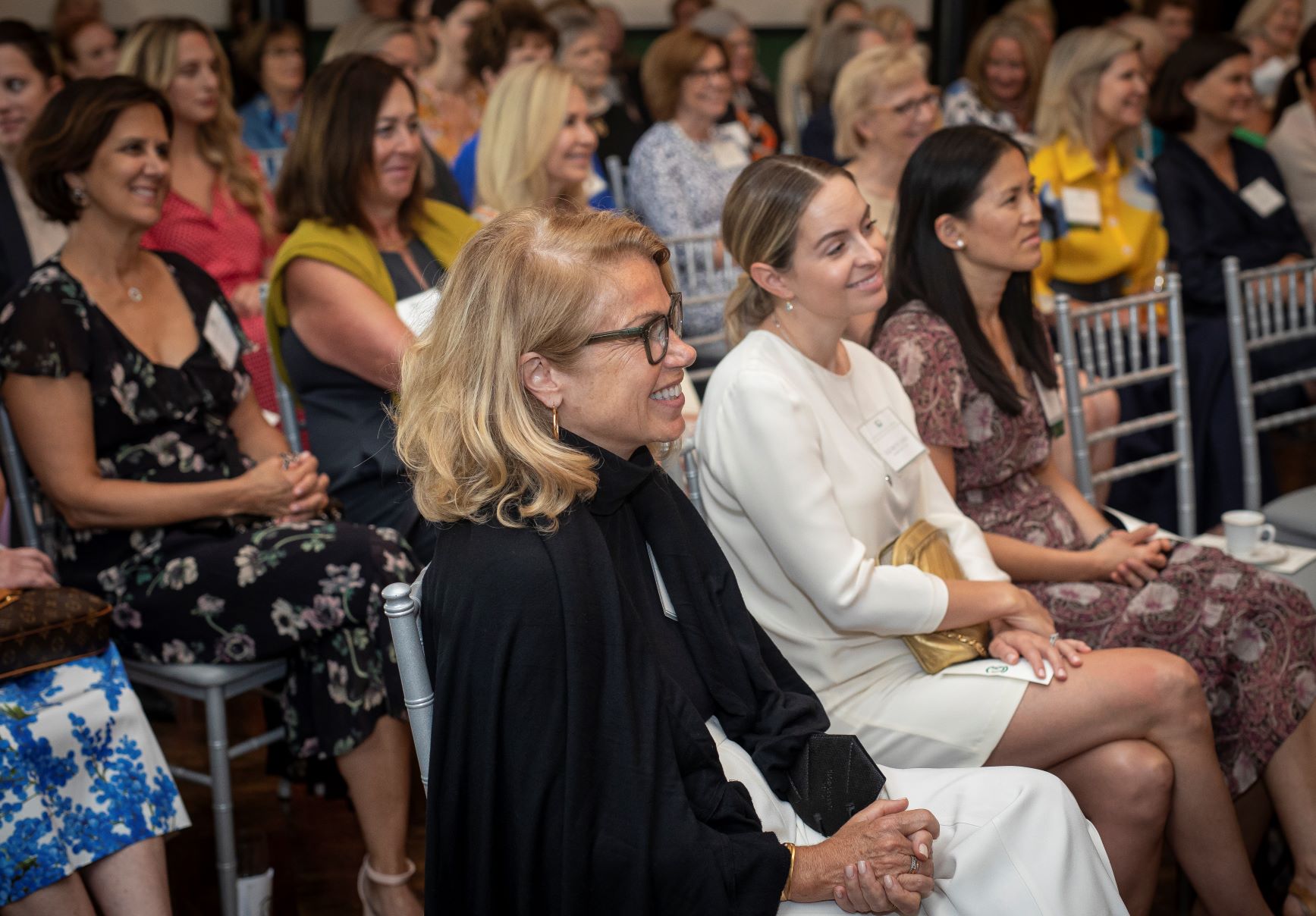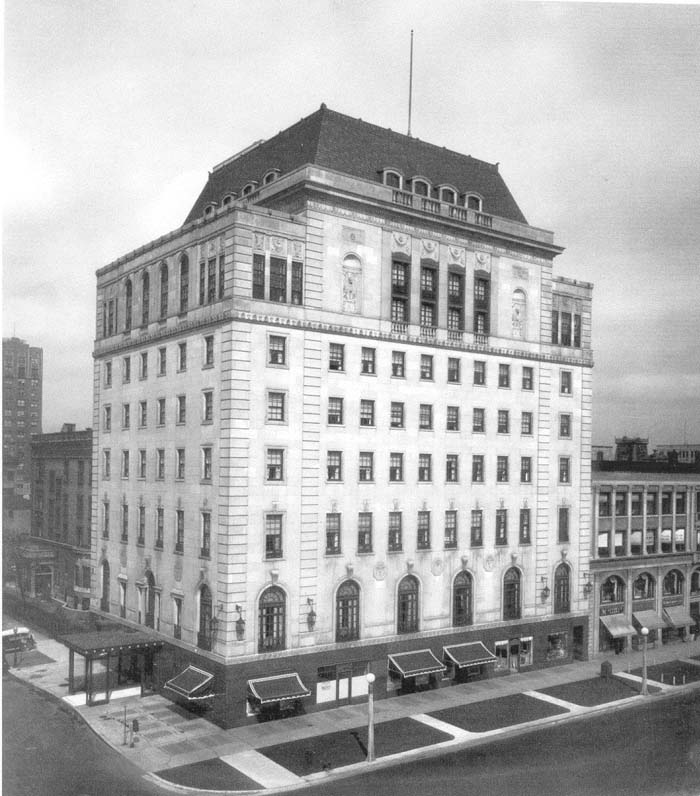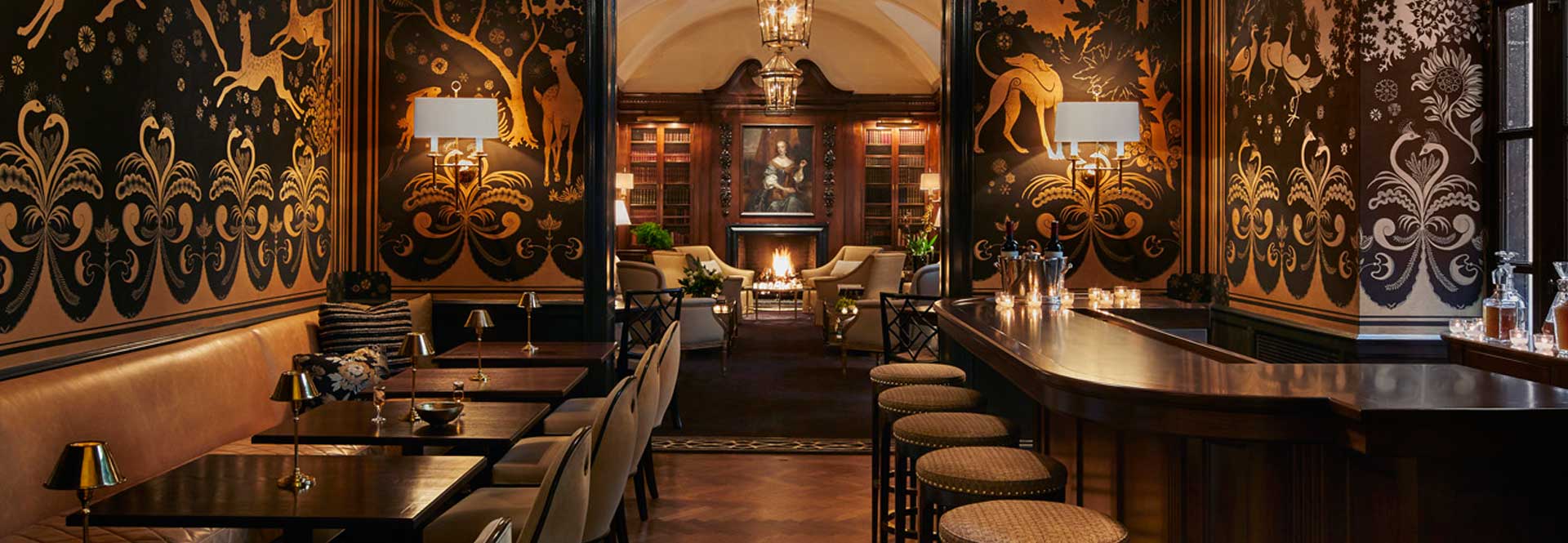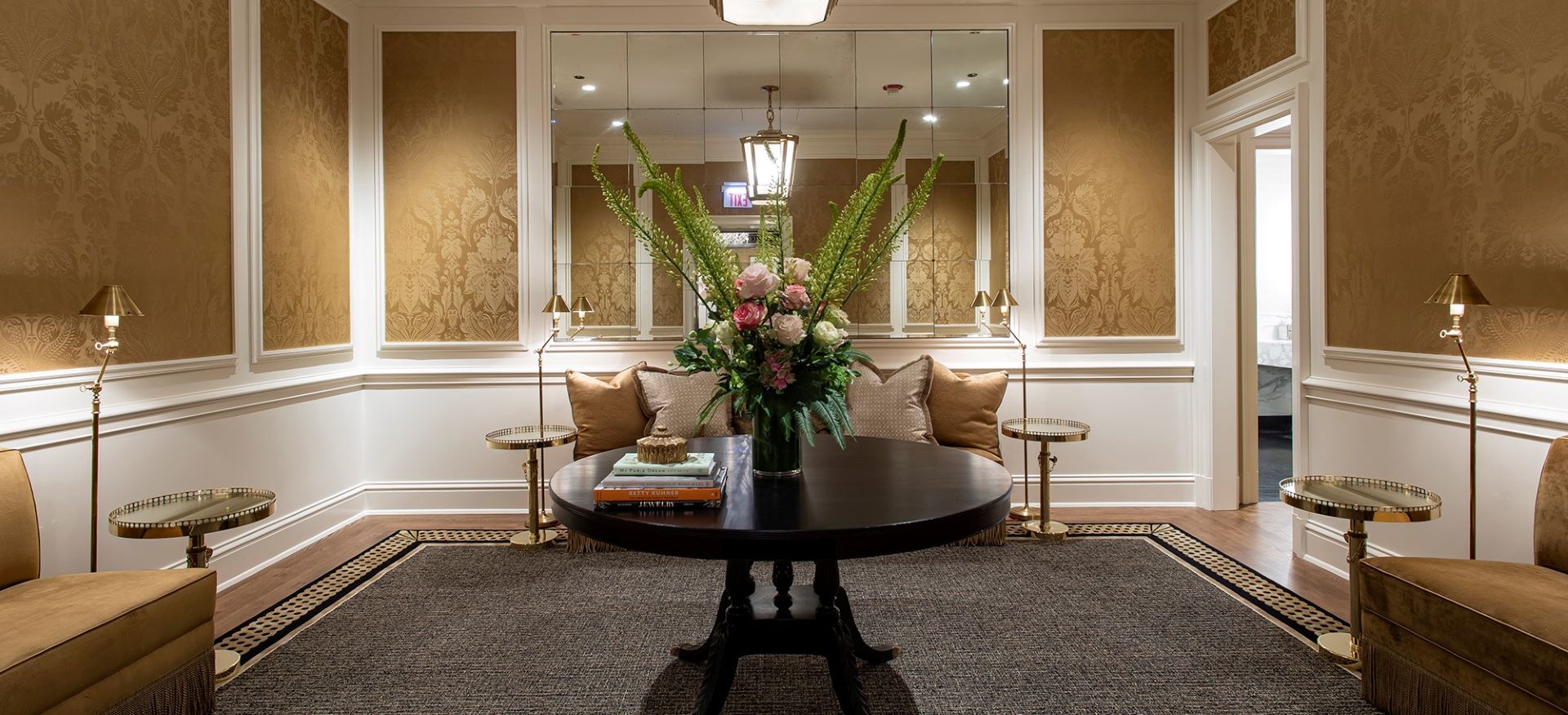About
A vibrant Club rooted in rich traditions, fostering social connections, intellectual, cultural, and professional enrichment, and wellness for modern women in all stages of life. We are a community of trailblazers representing generations of women who carve out physical, intellectual and recreational space. We stand for wellness and growth, tradition and progress. We are a haven in the city, a home away from home.
In addition, the WAC takes great pride in and care for the physical space in which we reside at 626 North Michigan Avenue. Together, the members, the professional team dedicated to creating vibrant and memorable moments, and the landmark building represent the whole identity of the Woman's Athletic Club of Chicago.

A Brief History
The Woman's Athletic Club of Chicago was founded in 1898 and has the distinction of being the first athletic club for women in the United States. Dynamic Mrs. Philip D. Armour was the club's founder and its first president (1898-1905). The club began with 63 members, a $100 initiation fee and annual dues of $49 -- heavy financial obligations for a turn-of-the-century club member. In the club's archives there is a copy of a talk given by Mrs. Patrick Valentine, one of the original members, at the occasion of an anniversary meeting. "You can imagine," she commented, "how hard it was to start an athletic club in 1898. The husbands thought we were crazy. Mrs. Armour never walked more than a block. The exercise she took was walking around Marshall Field's store."
But founding members did take athletics seriously. In their first rented club rooms on Michigan Avenue just south of Monroe Street, they installed a gymnasium. While the thought of members young and old running around the track in regulation bloomer suits may bring a smile to us, it was part of a proud achievement. In 1899, the club hosted a reception and swimming exhibition for President William B. McKinley and his wife, who was given an honorary membership.
The club moved into larger quarters at Harrison and Michigan avenues in 1908, where it continued its reputation for superior cuisine and elegant décor. The members were concerned with larger social issues as well, and Julia Ward Howe and Susan B. Anthony were elected to honorary membership in 1899. Programs were devoted to significant music, literature and current events.
As the membership grew, and the waiting list of applicants grew longer, the club's quarters again proved inadequate. Under a series of energetic presidents in the 1920s, the club set out to build a home of its own. Once the 99-year lease on the land at the corner of Ontario and Michigan had been signed, it was easy to procure a liberal construction loan. Handsome drawings submitted by architect Philip B. Maher won immediate approval.
The interior of the club was well arranged to accommodate diverse activities. Marian Gheen, a top decorator of the era, worked with the building committee to incorporate the dreams (and tangible gifts) of club members. When the club opened its doors for the first time in April 1929, it received enthusiastic approval from those who toured its facilities.


Today we treasure even more the objets d'art which have been contributed by members throughout the years. Over the fireplace in the paneled library hangs a portrait of a court lady. This painting from the studio of Sir Peter Lely was given by Mrs. H. Newton Hudson. The three chandeliers in the adjoining lounge and gallery were reassembled from a pair which originally hung in the family home of Miss Helen Drake. Among the cherished pieces in the 18th century-style drawing room are a pair of gilded brackets given by Mrs. J. Ogden Armour, a painting from Mrs. Jule F. Brower, and a fine old secretary contributed by Mrs. Darius Miller. The charming little Pillement Room (next to the dining room) boasts whimsical chinoiserie wallpaper panels supplied by Mrs. William M. Pullman. The Silver Room, done in hand-painted Chinese paper created especially for the room, is fitted with matching screens donated by Mrs. William F. Peterson, a grand piano from Mrs. Raymond C. Dudley, and a candelabra which came from Mrs. Henry Bartholomay. Splendid crystal beaded chandeliers from France grace the club's ballroom, whose complete décor was a gift of the family of Mrs. George Dixon. In 1984, the complete redecoration of the second floor gallery and Cocktail Room was a contribution by Mrs. Henry C. Woods, and one year later Mrs. Anne P. Nicholson redecorated the library. Funds contributed to the club's centennial assessment in 1995 brought the second floor to its current state of elegance and grandeur.
In the early 1980s the club was finally able to consider purchasing the land beneath the clubhouse. A fund was started with seed money from Wayne Maxwell, who donated all the brokerage commissions he received for renegotiating leases on the first floor stores. Following delicate negotiations we signed a contract to buy the property in November 1985, and took official ownership on March 21, 1986. At a luncheon a short time later, the old lease was read aloud and burned with great ceremony. After a period of strict budget controls and a special four-year assessment, the club was able to pay off the mortgage in a lump sum. Since October 1, 1993, the club has owned its Michigan Avenue property free and clear.

